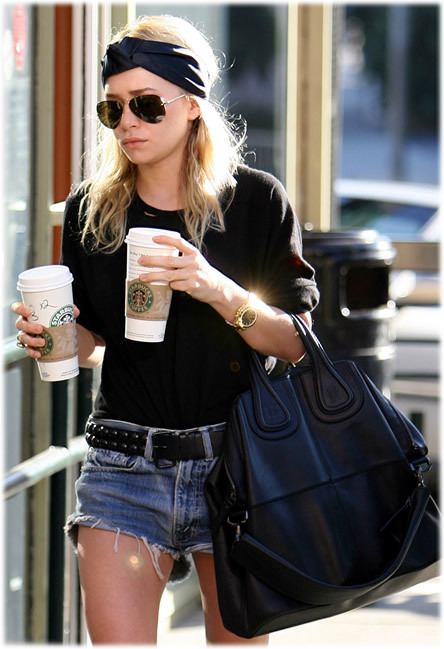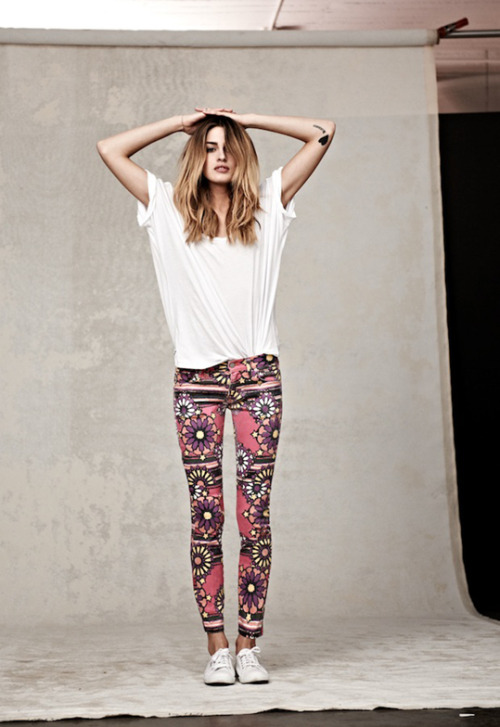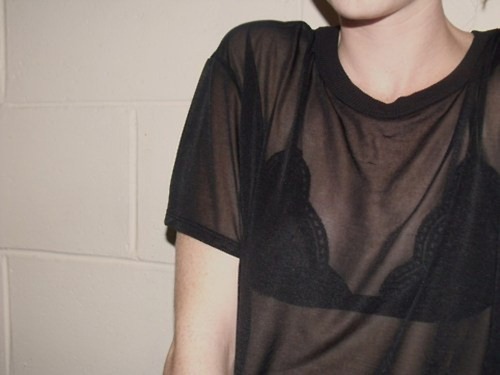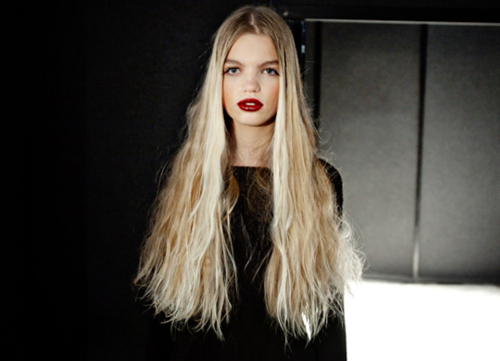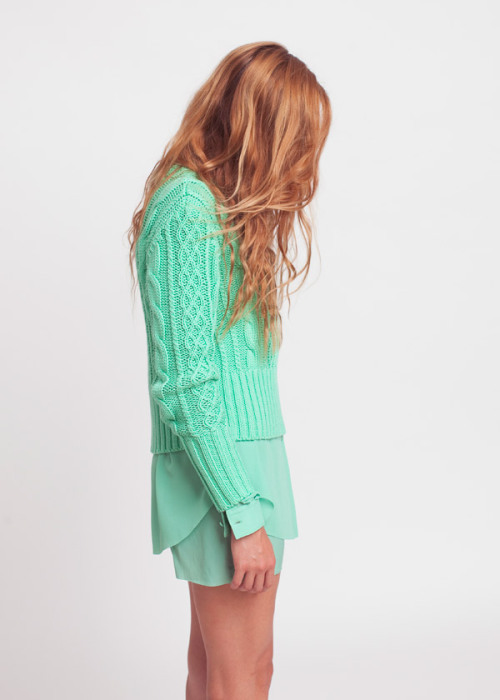The People Behind the Scenes and in the Front Row
Watching some of the most glamorous women and men make a mad dash for the door in a rush to the next show or party seems like a crazy spectacle to some, but the perfect opportunity to people watch for others. Once the first guest steps out, it won’t be long until the next hundred well dressed people follow franticly behind.
The scene outside Proenza Schouler’s spring 2012 runway show was just that: a flurry of trendsetters sprinting to their black town cars. Occurring outside 330 West Street on an extraordinarily warm night in early September, the post-show mobs were accumulating. Each of the sumptuously attired showgoers were attempting to hail a cab or hurriedly scoot into their waiting SUV.
In the weeks following the show, there will be talk of the ‘50s-Americana-inspired looks and the model’s Elvis-style hair that designers Jack McCollough and Lazaro Hernandez showed on the runway. Included in the chatter, will be the subject of how nicely the collection fits in with the overall retro feel of the spring season. What will not get as much press, however, are the majority of the people sitting in the front row.
Understanding the dynamics of the industry often starts with knowledge of the people who govern it. These are not the icons whose faces and outfits are habitually featured in print, but rather the folks behind the scenes and on the mastheads. Take any large scale production, and the cast of people seated front row is largely the same. There are the members everyone knows about: Anna Wintour, Grace Coddington, Carine Roitfeld, Joe Zee, Giovanna Battaglia, etc. Then there are the remaining people whose names are often hear and whose faces are frequently seen, but it is always laced with confusion over who they actually are. Looking at the shots from Proenza post-show mania and an entire crop of the so-called “lesser knowns” appear as if out of nowhere.
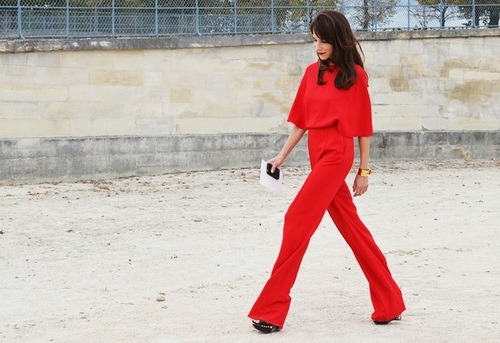
First up is former accountant and current front row staple Caroline Sieber. Hailing from Austria but living in London, the talented stylist appears often on the pages of street-style blogs. Though her own clothing has earned her many accolades, it is her work as a stylist that warrants the most praise. Her impressive client roster includes many of today’s top celebrities including “Harry Potter” star Emma Watson. Sieber is often cited as being the one to thank for Watson’s meteoric rise to style icon status. In addition to her styling work, she is also a member the Costume Institute Gala Committee: the board in charge of creating the annual Metropolitan Museum of Art Gala. This coveted position gives her the unique opportunity of being able to style museum exhibits. Further cementing her status as style-setter, Karl Lagerfeld has recently named her a brand ambassador for Chanel.
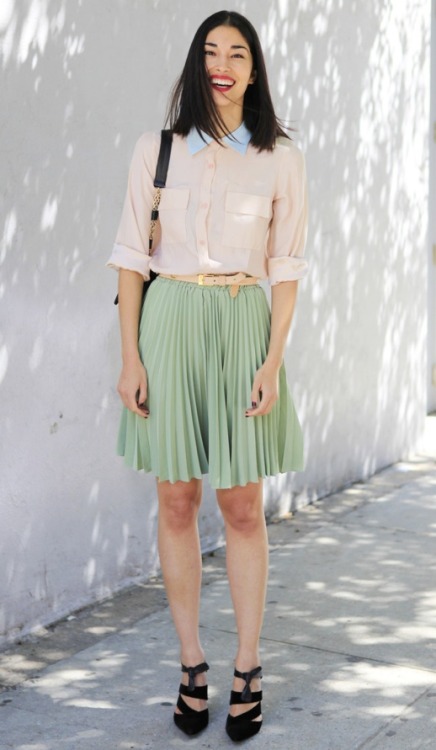
Another Caroline, resident cool girl and editor, Caroline Issa is the marker editor/publisher of indie fashion magazine Tank, as well as Editor in Chief of online magazine, Because. Canadian raised and London based, her repeatedly photographed (but rarely acknowledged) style reflects that of her magazine: easy and chic with a kick. Her online prowess is reflected in her demeanor as she is rarely spotted without an iPhone in hand.
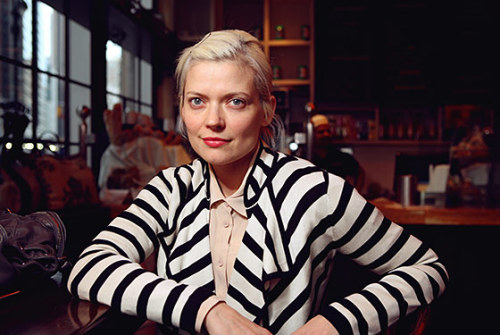
Kate Young is frequently confused with another popular bleached blonde stylist, Kate Lanphear of ELLE magazine. Of course, upon viewing their respective work, it is clear that the two women occupy very different, yet equally cool, niches of the industry. Following the recent stylist-turns-designer trend, Young has come out with a line of effortless basics for New York based company Cardigan. In attempt of establishing professional relationships with designers while simultaneously making extra cash, Young does consulting and advertisement styling for her designer friends on the side. She began in an infamous position at American Vogue as editor in chief Anna Wintour’s personal assistant, eventually moving up to the position of market editor. Though she has since left the editing business, she remains a regular contributer to an array of reputable magazines, such as Teen Vogue, Interview, i-D, and Instyle.
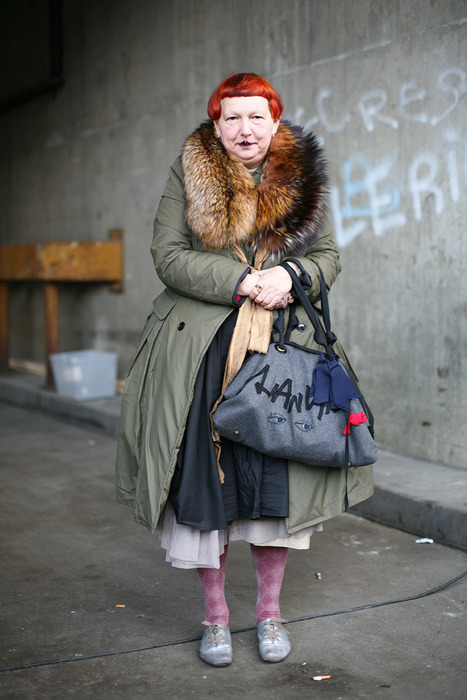
It would be impossible to look up a photo of Lynn Yaeger and then forget her. It is a constant challenge to stand out from a crowd of professionally tastemakers during fashion week, but Yaeger masters the kinks that make her a memorable front row mainstay. Her eclectic style is easy to spot both in what she is wearing and in what she is writing. It is difficult to pinpoint exactly where (or if) Yaeger’s style falls on the map, but she is basically what a grown up Tavi Gevinson would look like. Former style reporter for The Village Voice, Yaeger’s critiques and witty phrasings can now be found on the pages of Vogue and The New York Times. Like any well versed industry veteran, she has seen it all. She can be trusted to express her true feelings on fashion at all times, no matter who she is bad mouthing, as long as it is deserved.
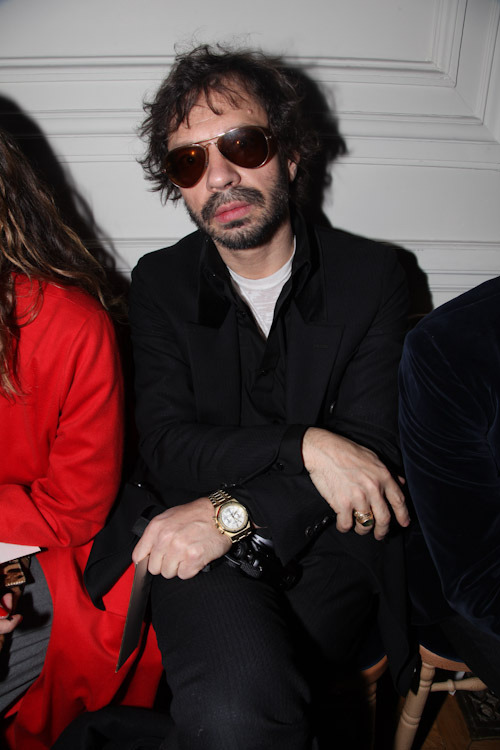
Another fashion week regular that would be hard to forget is Purple Fashion magazine’s founder and Editor in Chief Olivier Zahm. Zahm and his work are very similar to that of American fashion photographer, Terry Richardson. Zahm and Richardson each keep online “Diaries” profiling their work and recent expeditions photographing the lives of models and celebrities at a different event every night. They each have their own signature pair of glasses (Zahm: aviators; Richardson: plastic and prescription) and have both come under heat recently for their notorious reputations for photographing nude (sometimes underage) women. Though his morals are questionable, Zahm does have a way of elevating the typical playboy stigma into a high fashion concept. His “pornographic fashion,” as it is often described, is especially geared towards and well received in his native city of Paris.
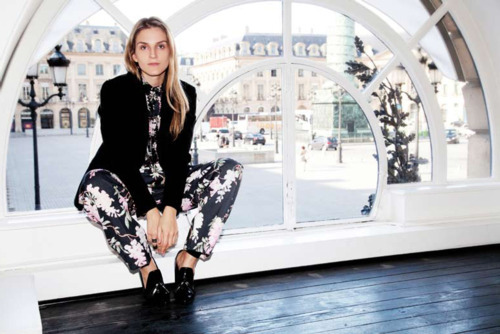
Last of the Proenza front row pack is Gaia Repossi, artistic director of her family’s namesake jewelry line, Repossi. On top of her general duties as artistic director and social duties as a prominent Italian socialite, Her signature style itself has developed somewhat of a cult following. When sitting front row at any fashion show, rumors fly in expectation of future collaborative possibilities between Repossi and the brand because of her track record with like Alexander Wang, Zadig & Voltaire, and Joseph Altuzarra.
Back outside Proenza, imagery of ‘50s rock-and-roll runs through the minds of the crowd as cars start heading off to the first parties of the night. Elvis was a brand; behind his iconic image were clans of talented visionaries who had major influences on the creation of the American staple. Yet, as a whole they received little publicity or mention whatsoever for their role from the public. One could argue that this is a metaphor for a parallel for the unaccredited style makers themselves. True, many members of this group are frequently overshadowed by the A-list of others, but ultimately they are the forces keeping the industry afloat.








